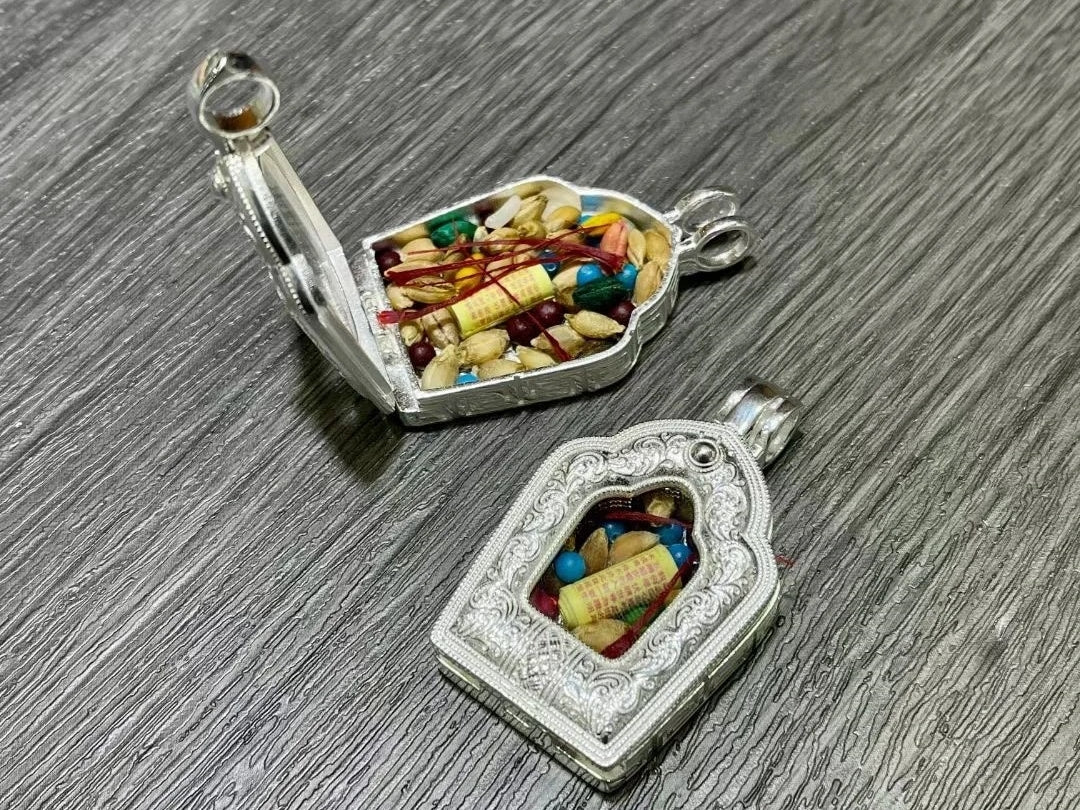In Tibetan Buddhism, beauty is found not despite imperfection, but because of it. Much like the Japanese concept of wabi-sabi, which embraces the beauty of the humble, worn, and irregular, traditional Tibetan artisans intentionally incorporate flaws—uneven surfaces, hammered textures, and organic shapes—into Tibetan jewelry. These “imperfections” remind wearers of life’s transient nature, foster humility, and connect us more deeply to the spiritual journey each piece represents.
The Philosophy of Wabi-Sabi and Tibetan Aesthetics
Wabi-sabi is a Zen Buddhist aesthetic that celebrates the incomplete and impermanent. It honors authenticity over artifice, valuing objects marked by time and use. In Tibetan craftsmanship, this philosophy resonates deeply: each dent, each irregular edge, speaks to the journey of the artisan and the wearer alike, evoking mindfulness and presence in the moment.
Imperfection in Tibetan Jewelry
Hammered Finishes and Organic Shapes
Rather than polishing every surface to mirror-like perfection, Tibetan silversmiths often leave sterling silver and brass pieces with a softly hammered finish. This deliberate irregularity catches light in unexpected ways, symbolizing the unpredictable currents of life and the beauty in resilience.
Visible Tool Marks as Storytellers
Tool marks and slight asymmetries are left intentionally visible on pendants and Buddha pendants, highlighting the human hand behind each creation. These marks become silent storytellers of devotion, reminding the wearer of the artisan’s spiritual jewelry practice and the impermanent nature of all things.
Artisan Techniques Passed Through Generations
Tibetan jewelry-making is a centuries-old tradition, preserved through master-apprentice lineages. Artisans combine traditional casting methods with hand-finishing:
-
Lost-wax casting to form the basic shape, allowing for intricate details.
-
Chasing and repoussé work to emboss sacred symbols, where slight variations affirm the piece’s authenticity.
-
Hand-hammering and file-finishing complete the work, leaving purposeful marks that embody the wabi-sabi spirit.
Cultural Significance of Flawed Beauty
In Tibetan culture, nothing is permanent—life, health, relationships all flow and change. Jewelry that reflects this truth is more than an ornament; it’s a tactile teacher. Wearing pieces with subtle irregularities encourages:
-
Mindfulness: Noticing each unique mark grounds one in the present.
-
Humility: Embracing imperfection fosters acceptance of one’s own flaws.
-
Resilience: The durability of metals, despite uneven finishes, symbolizes inner strength through life’s trials.
Even Tibetan shrine items like the Pure Silver Melong (mirror) are sold as “imperfect” to honor this philosophy, showing that imperfection itself holds value.
Embracing Flawed Beauty in Modern Life
Integrating Tibetan jewelry with intentional imperfections into everyday wear serves as a subtle practice of presence. Each time you touch a hammered bracelet or gaze upon a softly uneven pendant, you’re reminded that perfection is an illusion—and that true power lies in our ability to accept and grow through life’s imperfections.




